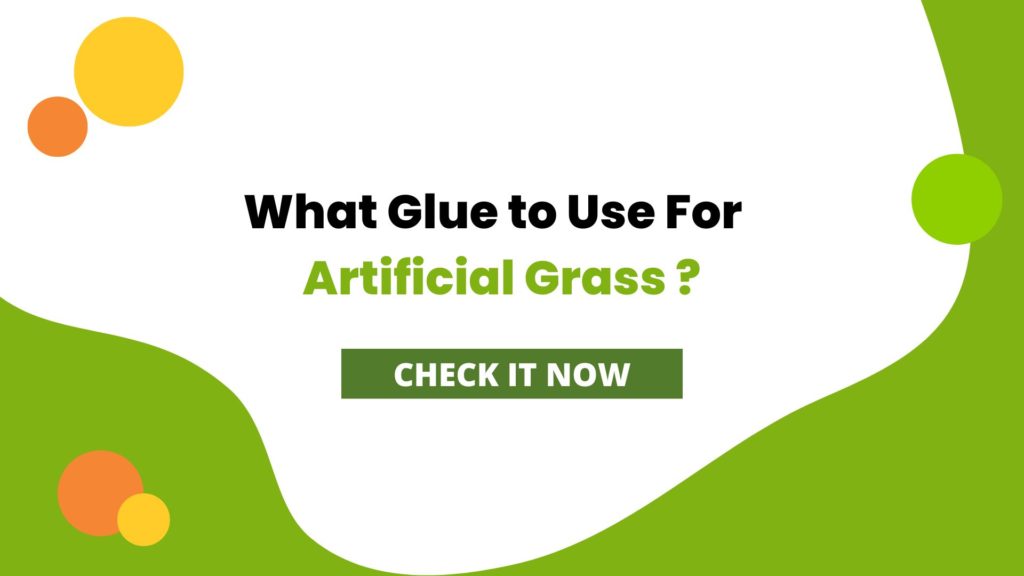Using the right glue for artificial grass installation is crucial to the longevity and overall appearance of the synthetic turf. Artificial grass needs to be secured firmly to the substrate to prevent it from moving or shifting over time. If the wrong type of glue is used or if the adhesive is not applied properly, it can result in a range of issues, including uneven seams, wrinkles, and loose edges.
In this article we will explain today What Glue to Use for Artificial Grass lets read it.
Table of Contents
ToggleWhat Glue to Use for Artificial Grass
Choosing the right glue for artificial grass installation is critical to achieving a strong and long-lasting bond between the synthetic turf and the substrate. The type of glue used will depend on various factors, such as climate, substrate, and application method.
Two-part epoxy offers excellent bonding strength, while one-part polyurethane is flexible and weather-resistant. Hot melt glue is easy to apply and fast-drying, but may not be suitable for certain substrates or climates.
It’s essential to follow proper application techniques, such as using the appropriate amount of glue and allowing it to dry correctly, to achieve the best results. By selecting the right adhesive and following the correct installation procedures, artificial grass can be installed securely, resulting in a beautiful and durable landscaping solution.
Factors to Consider When Choosing Glue
- Substrate: The type of surface you are bonding will determine the type of glue needed. Different surfaces may require a specific type of adhesive, such as wood, metal, plastic, or fabric.
- Environment: The climate and environment where the glue will be applied should be considered. Certain adhesives are more suitable for extreme temperatures, humidity, or outdoor use.
- Strength: The desired strength of the bond will also determine the type of glue needed. Some adhesives are designed for a strong and permanent bond, while others are more flexible and suitable for temporary bonding.
- Drying time: The drying time of the adhesive is also essential to consider, depending on the project’s time constraints.
- Safety: The safety of the adhesive should also be considered, such as whether it contains toxic or hazardous chemicals.
By considering these factors, you can choose the right adhesive for the job, ensuring a strong, long-lasting bond between the materials being bonded
Some of Pros and Cons of Glue
Pros of glue:
- Provides a strong bond between materials
- Can be used to bond a variety of materials, including wood, plastic, and metal
- Available in different forms, such as liquid, paste, or tape, for various applications
Cons of glue:
- Can be messy and difficult to clean up if not used correctly
- May have a strong odor or contain hazardous chemicals
- Some types of glue may not be suitable for certain materials or environments.

